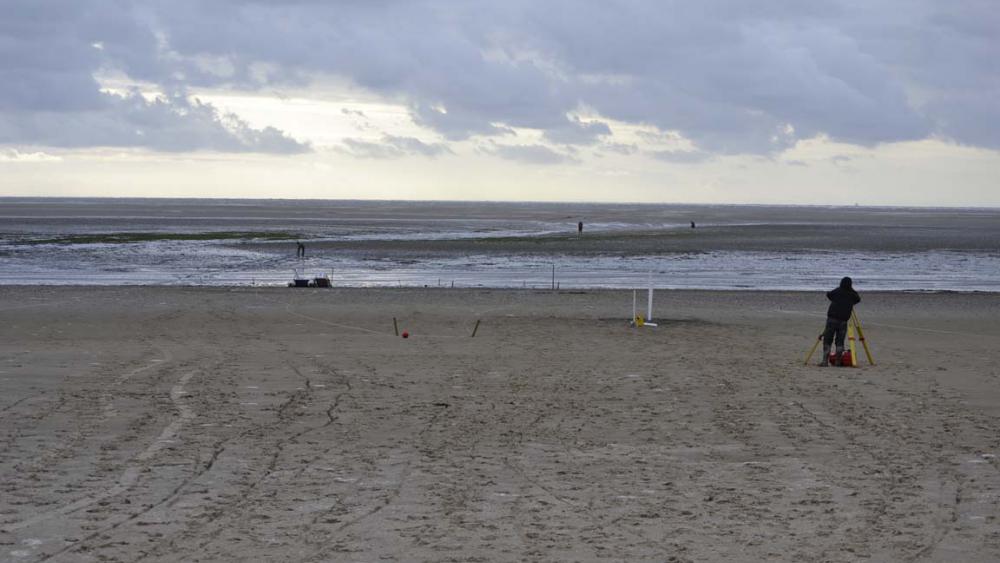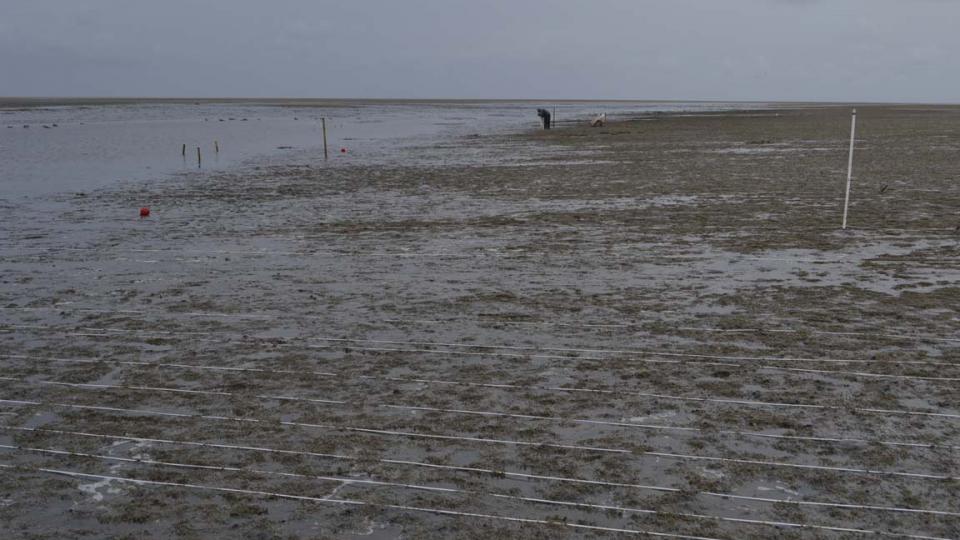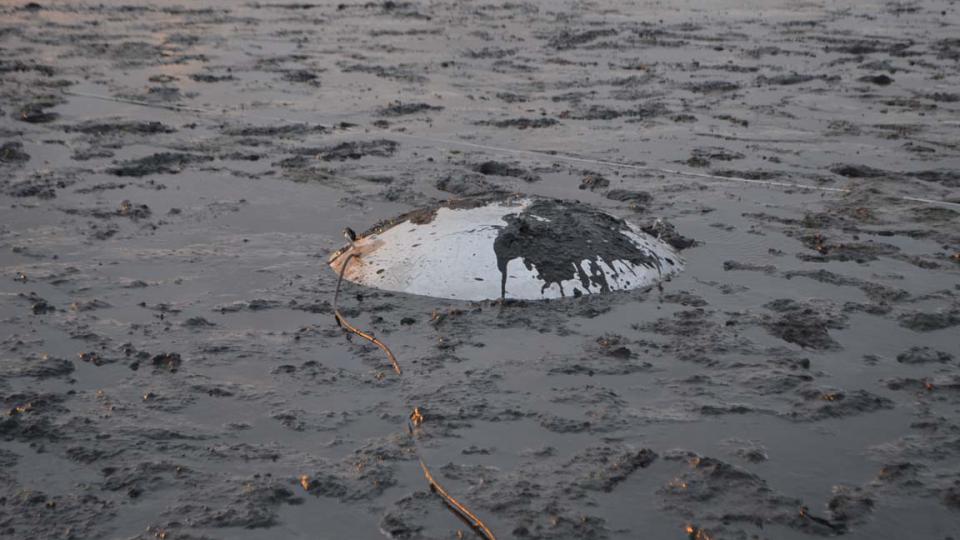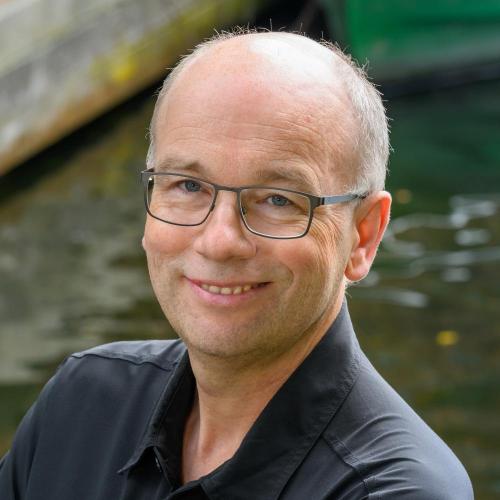Interfaces
Short profile
Duration

Surveying a study area in the Wadden Sea with a total station | Photo: Jörg Lewandowski / IGB
INTERFACES is a supra-disciplinary training and research network that aims
- to develop conceptual process understanding of the role of ecohydrological interfaces (i.e. system boundaries) for the transport and transformation of fluxes of heat, energy and water and interlinked biogeochemical cycles (C, N, O) at micro- to landscape-scale; and
- to create the next generation of supra-disciplinary scientist that are able to work beyond traditional disciplinary boundaries, blend cutting edge field, laboratory and modelling technologies, and understand the practical relevance of their research.
Ecohydrological interfaces connect different environmental (sub-) systems and represent important new cross-disciplinary research domains to extend our knowledge horizons. Moreover, these environmental intersections offer an extremely fertile training ground because exploration of interface process dynamics requires novel linkage between traditionally distinct disciplines, and development of a supra-disciplinary research and training philosophy to foster the evolution of a new generation of scientists. Training and research will span novel distributed sensing technologies, innovative tracer methods and integrated numerical models of heat fluxes, metabolism, biogeochemical turnover and ecological functioning to understand how, when (hot moments) and why ecohydrological interfaces (e.g. aquatic-terrestrial, groundwater-surface water, marine-sediment interfaces) act as critical hotspots for water-dependent environmental processes. The urgently improved mechanistic process understanding developed by INTERFACES will not only provide industries, regulators and decision makers with the capacity to predict the complex, non-linear landscape-wide impacts of ecohydrological interfaces in a changing environment but also to understand how important ecosystem services provided by different ecohydrological interfaces can maintain or even enhance resilience to global environmental changes.
Installation of a temperature lance in the tidal flats in the North Sea | Photo: Jörg Lewandowski / IGB

Fibre optic distributed temperature sensing in the tidal flats of the North sea | Photo: Jörg Lewandowski / IGB

Measuring the submarine groundwater discharge in the tidal flats with an electromagnetic seepage meter | Photo: Jörg Lewandowski / IGB
EU (Marie Curie Initial Training Network)



